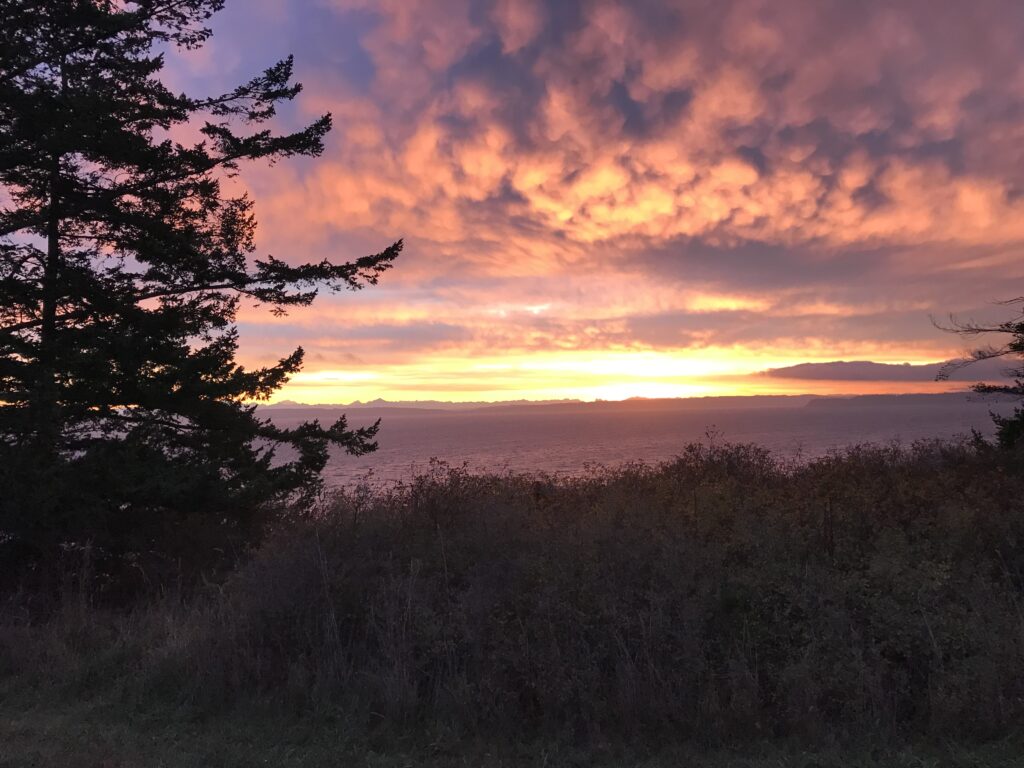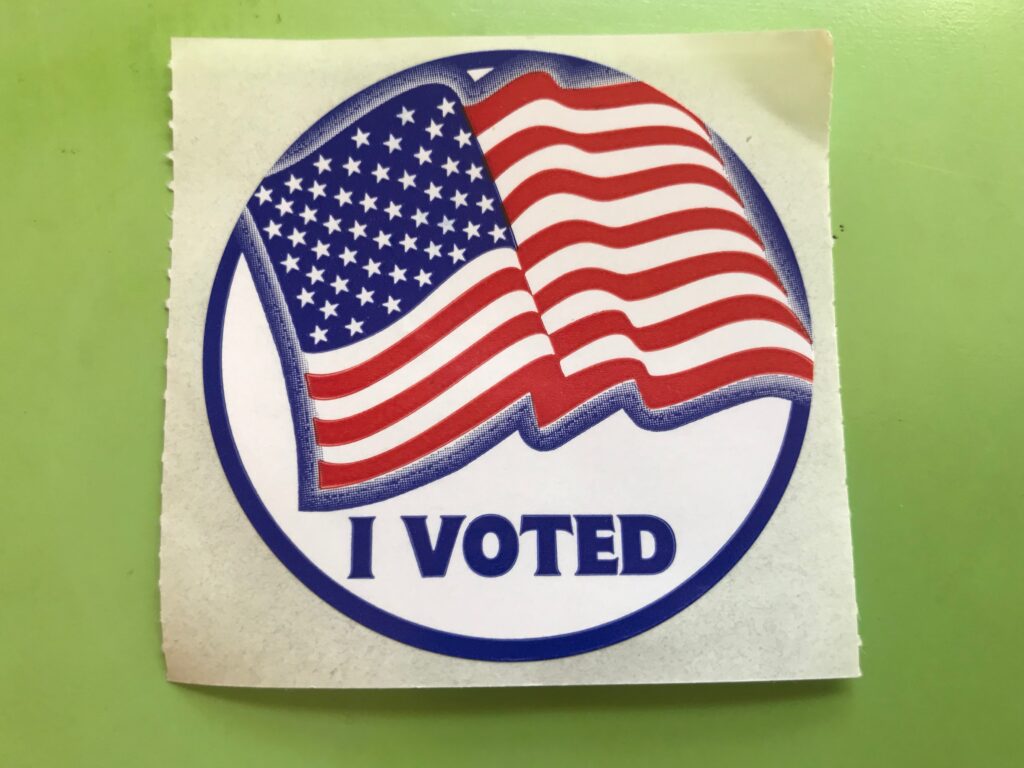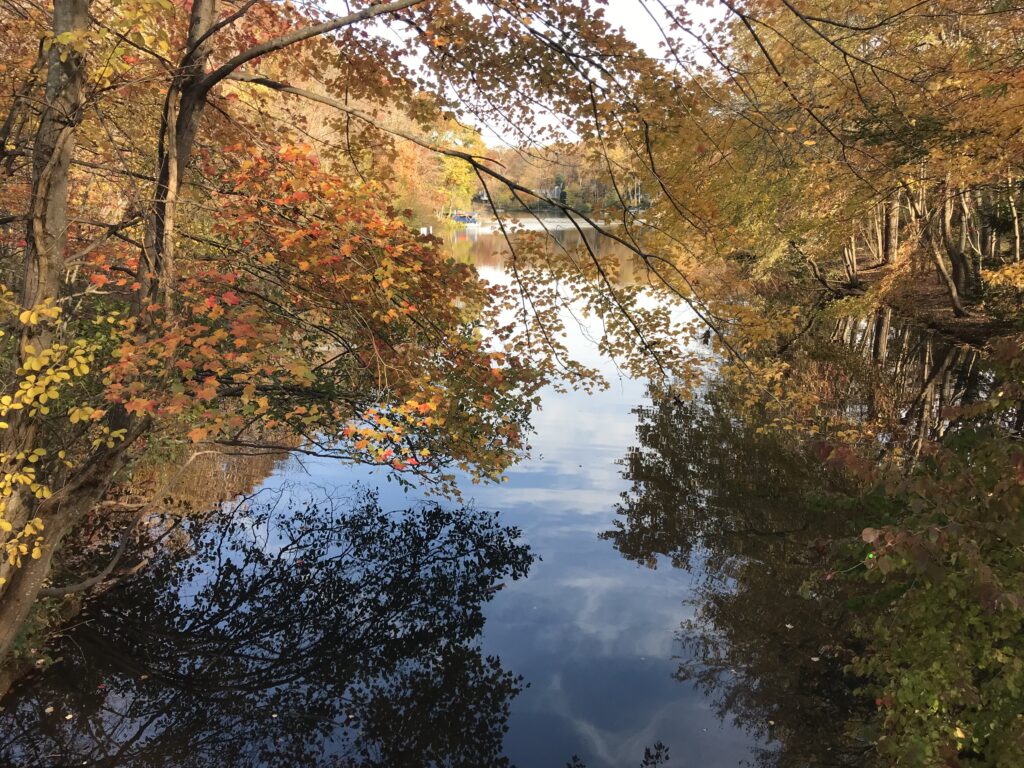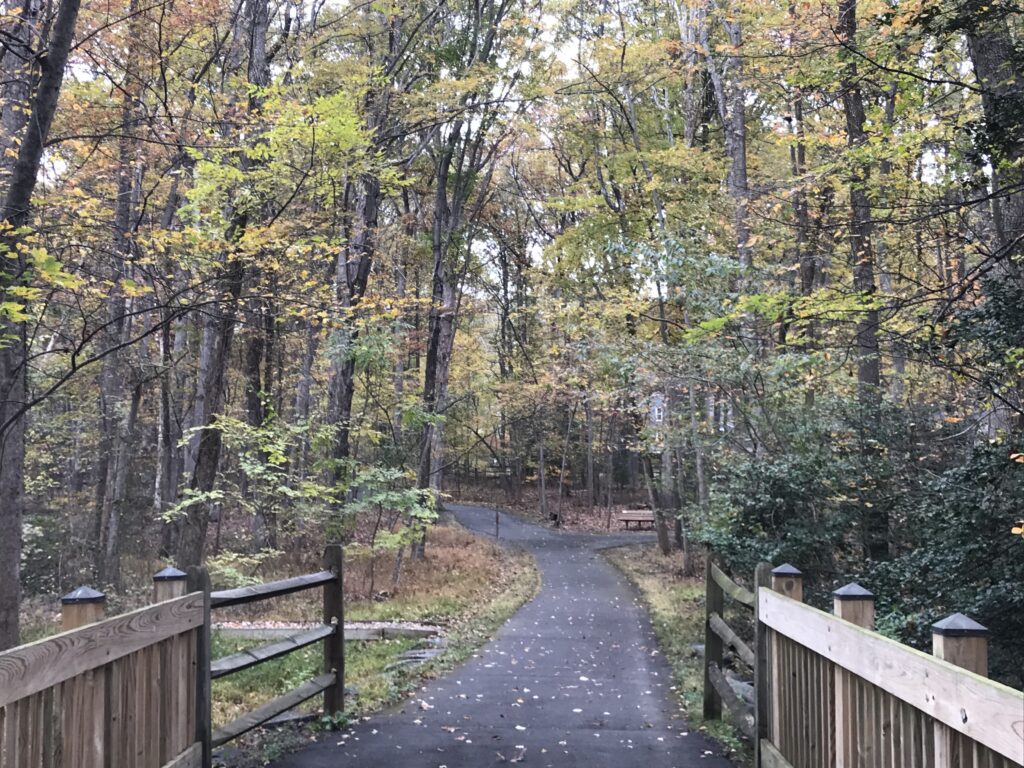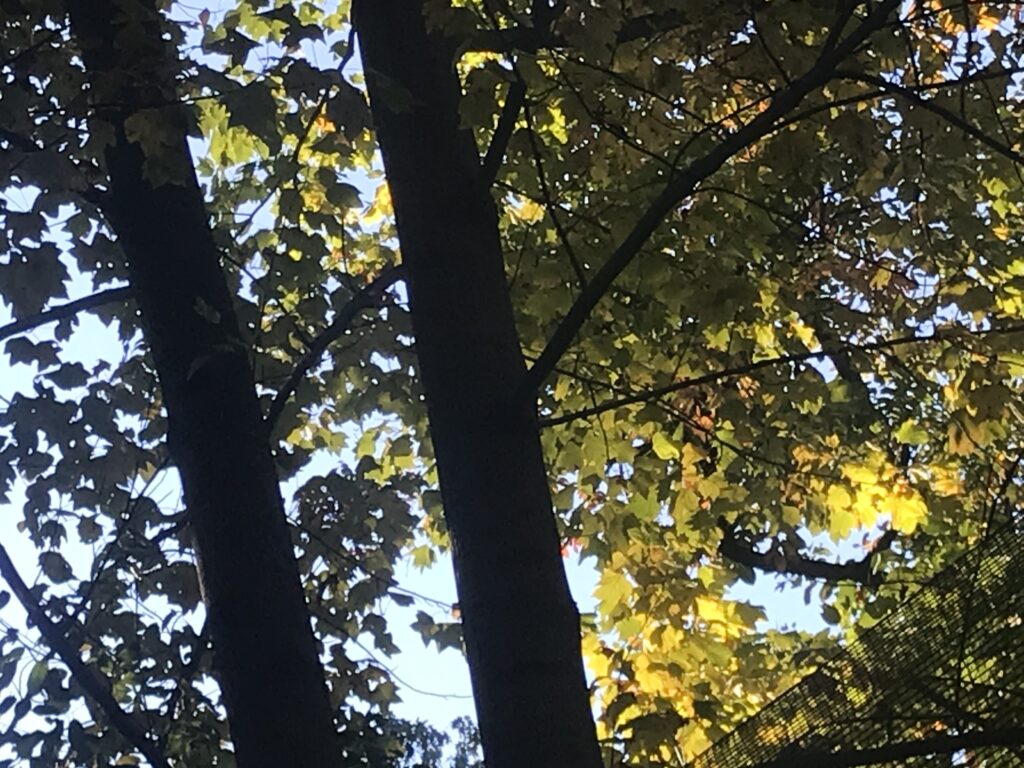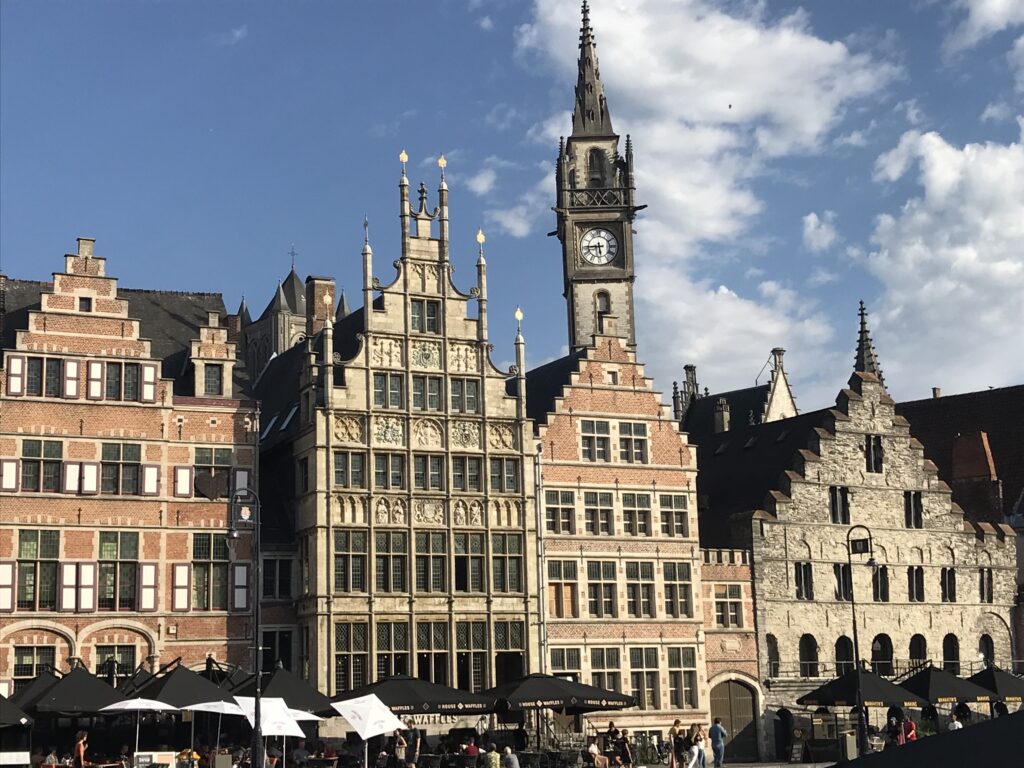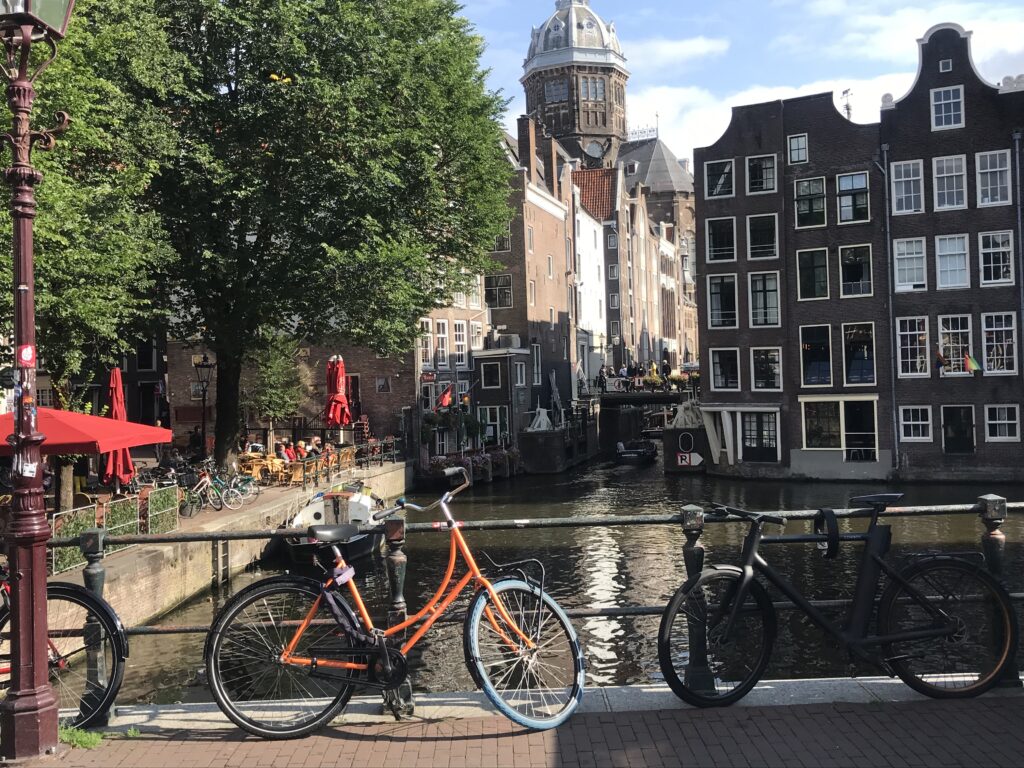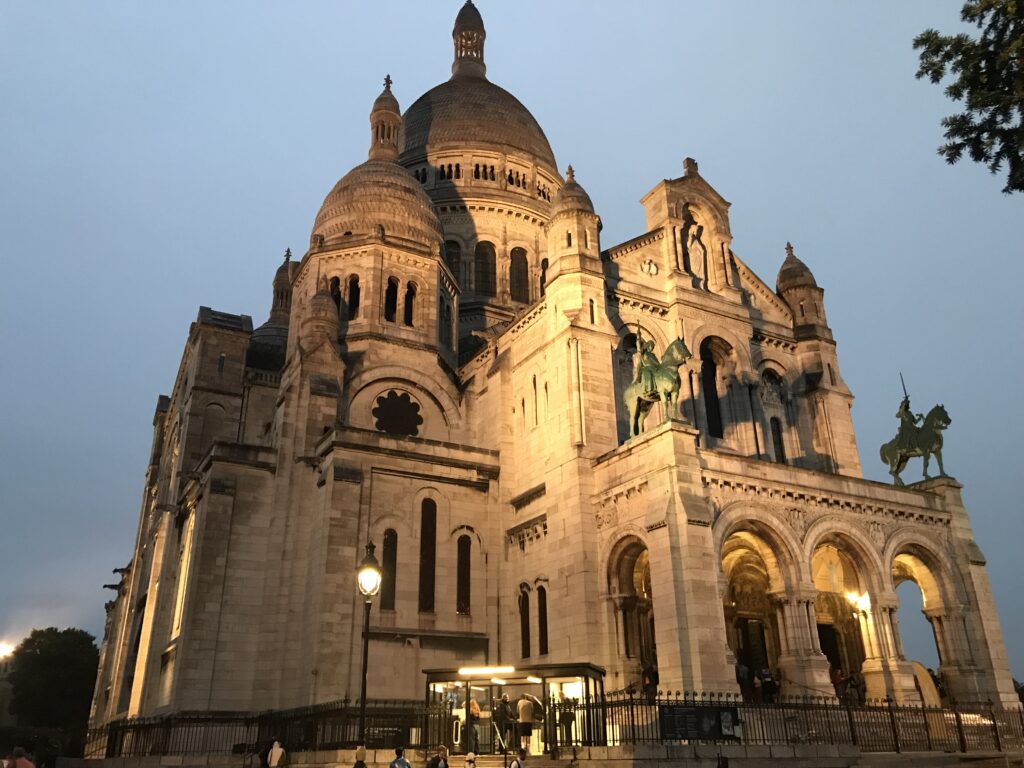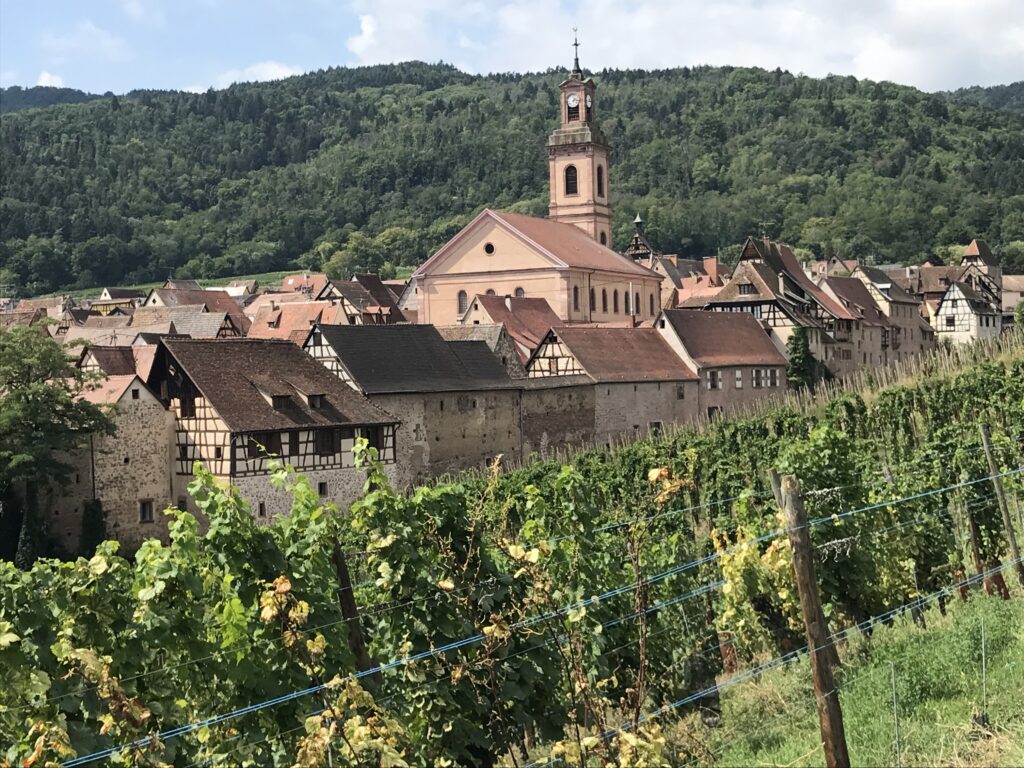Born to Walk
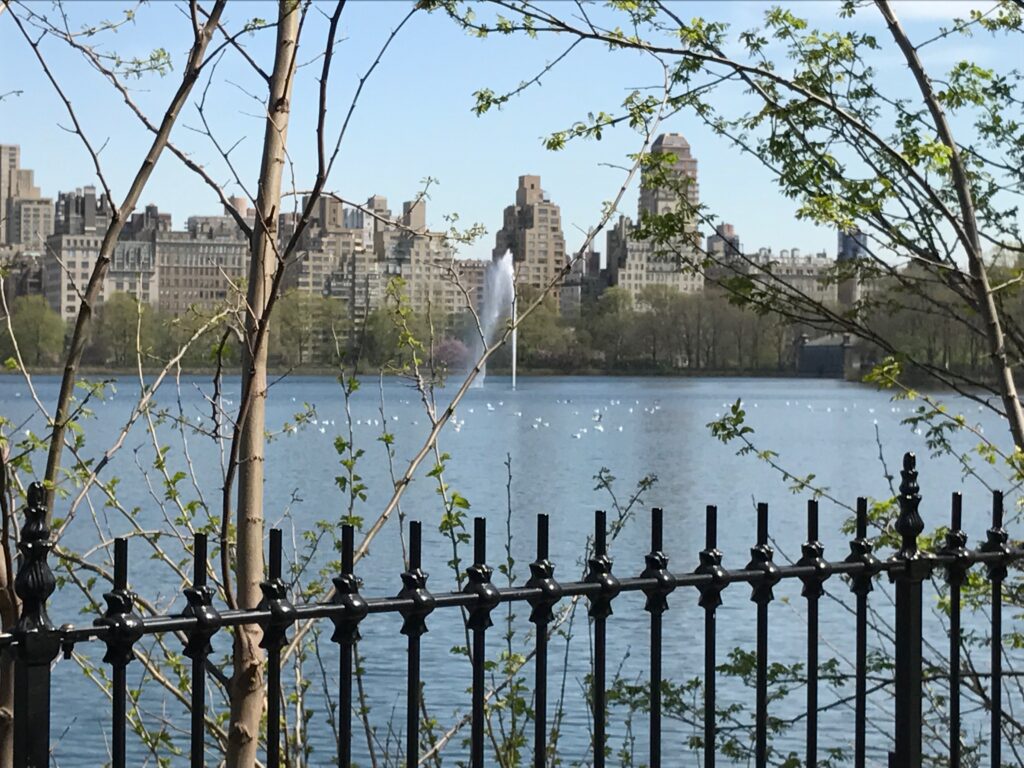
You’re born to walk. I’m born to walk. All humans are born to walk. Not a revolutionary statement, right? But it is. Because too many of us sit for most of the day. We sit at work. We sit in our cars as we drive to the office and run errands. We sit during our leisure time, consuming entertainment.
I walk in the suburbs — but I sit in the suburbs too. In fact, I’m sitting right now, writing this post. But at least I’ve already walked this morning. How could I not after reading Mark Sisson and Brad Kearns’ book Born to Walk: The Broken Promises of the Running Boom, and How to Slow Down and Get Healthy–One Step at a Time?
Sisson and Kearns primarily address runners in this pithy and persuasive tome. Walking can give us the cardio hit, can help us burn fat, can do most everything a hard run can do, but it’s much easier on the old bod.
“Walking makes you supple, mobile and flexible—unlike chronic cardio, which makes you creaky, achy, stiff,” Sisson and Kearns write. They urge us to “regard walking as much more than a fitness to-do list item: rather, it is a big part of what makes you a healthy human.”
Walk first thing, the authors say. That used to be my routine. When I lived in Manhattan I’d roll out of bed and walk to work, three blissful miles through Central Park and into midtown. I’ve gotten out of that habit through the years. Not out of the walking habit, but out of the walking-first-thing-in-the-morning habit. I remedied that today, left the house before my first cup of tea, before writing a word. It felt good to be out and about early. And why not? After all, we’re born to walk.
(Central Park was part of my route when I walked to work in Manhattan.)
